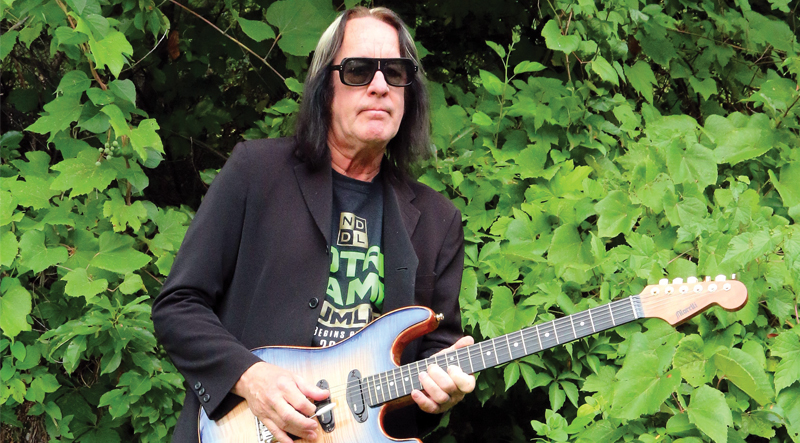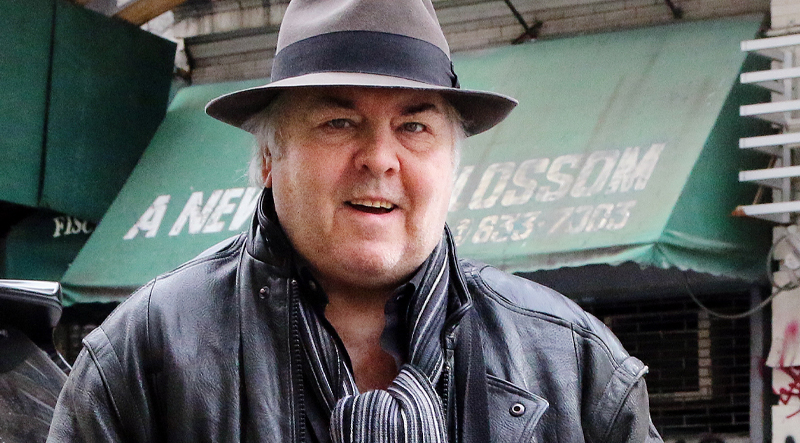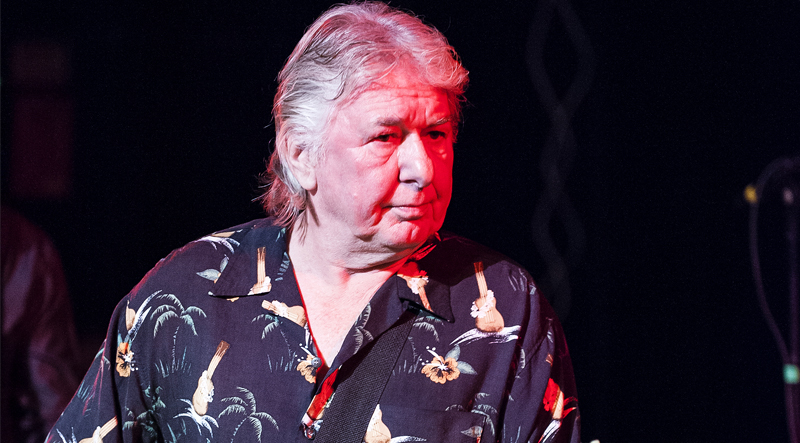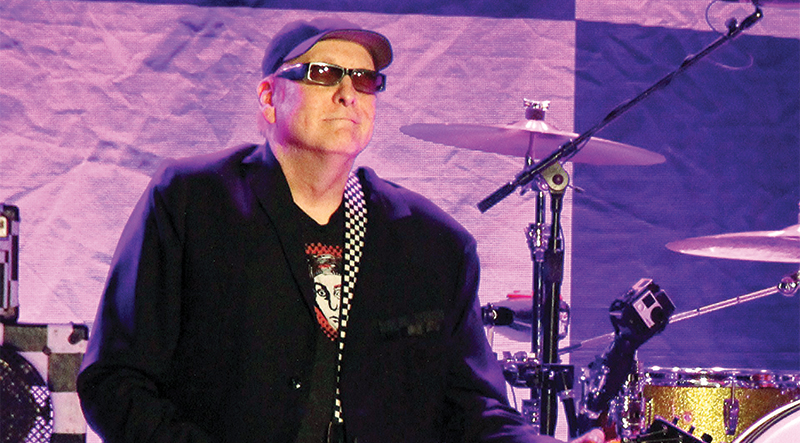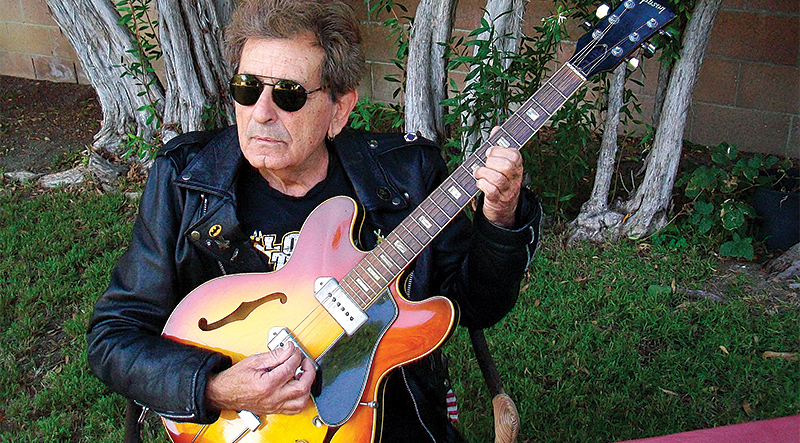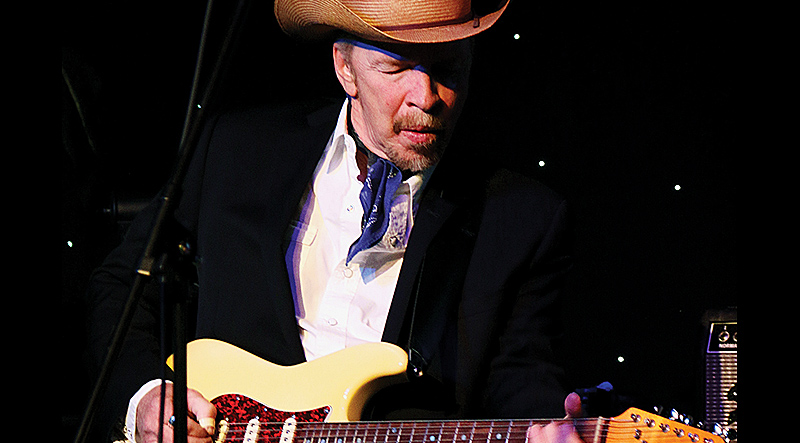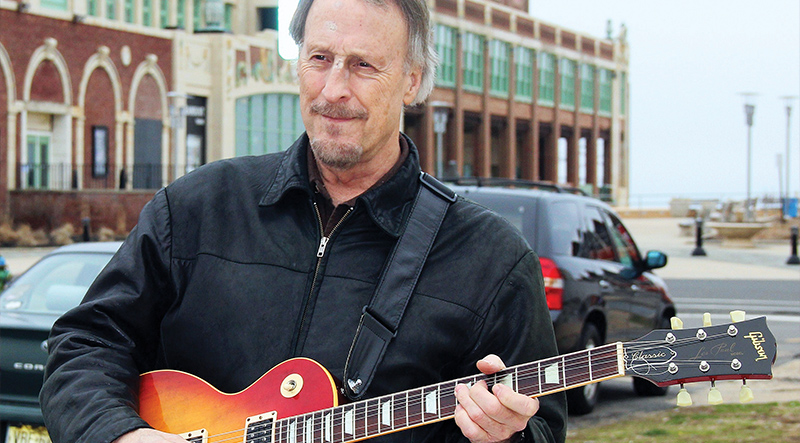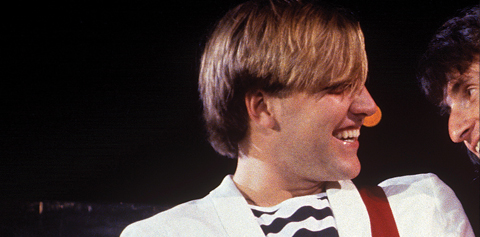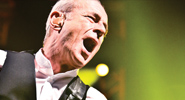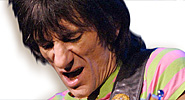-
Elliot Stephen Cohen
Todd Rundgren
Rock’s True Renaissance Man
For 50 years, Todd Rundgren has been compiling one the most eclectic and impressive resumés in music. From forming the Nazz in 1967 to stints with Utopia, Runt, The New Cars, and a successful solo career, his accomplishments as a multi-instrumentalist, singer, composer, engineer, and record producer are rarely equaled by even his most-distinguished contemporaries. After also establishing…
-
Elliot Stephen Cohen
The Rascals’ Gene Cornish
Wild Legacy
Gene Cornish is fond of the time he spent in the ’60s pop band The Rascals, which he credits for having never been sidetracked or making a bad decision… until its very end. “We had the right manager at the right time,” he said. “And we chose the right record company that put us with…
-
Elliot Stephen Cohen
Mick Ralphs
Good Company
In 1972, one of Britain’s best bands, Mott The Hoople, still hadn’t made any impact on the charts. Its record company, Island Records, was getting impatient. Then, a future rock legend walked into London’s Olympic Studios. “David Bowie said, ‘I hear you guys are on the verge of splitting up, but I’ve got a song…
-
Elliot Stephen Cohen
Rick Nielsen
Storied Career
“Many years ago, I was in the Red Hot Chili Peppers’ dressing room with my son, Daxx,” recalls Rick Nielsen. “Flea says to him, ‘Your dad was weird before it was cool to be weird.’ Coming from Flea, especially, that’s kind of a left-handed compliment!” Looking back now, Nielsen pauses, then laughs. “I’m recognized, but I’m…
-
Elliot Stephen Cohen
Tony Valentino
75, Still Rockin’
Most fans of classic-rock radio know The Standells garage-punk classic “Dirty Water,” which was listed in Rolling Stone’s “Top 500 Songs That Shaped Rock Music.” The guitarist who created that recording’s iconic riff is still very active in music. Having just released a new single, “Late Night Radio,” with singer/songwriter Dan Markell, Tony Valentino is…
-
Elliot Stephen Cohen
Dave Alvin
Return of the Battlin’ Brothers
“The title says it all,” explains Dave Alvin of his reunion with older brother Phil on Lost Time. Known for a long-standing sibling rivalry, they hadn’t recorded new music together in 30 years prior to last year’s Big Bill Broonzy tribute, Common Ground. But a near-death experience brought them back together. “I’ve lost so many…
-
Elliot Stephen Cohen
Larry Parypa
Sonics Thunder
“I never thought this would happen to us all these years later,” marvels Sonics guitarist Larry Parypa on the reception the band is getting on its current tour. On what should’ve been be a slow Thursday night at the Wonder Bar in Asbury Park, the band played to a packed house of patrons young enough…
-
Elliot Stephen Cohen
Alex Lifeson
Rush Keeps Rollin
“A lot of critics perceived us as being pretentious,” says Rush guitarist Alex Lifeson of his band’s early years. “We were not representative of where they thought rock was heading.” • Responding after being asked about a comment he made in the award-winning 2010 documentary Beyond The Lighted Stage(“We always felt it was us against…
-
Elliot Stephen Cohen
Status Quo’s Francis Rossi
On Guitars, Music, and Elusive Success
“I’m only as good now as I should have been when I was 25,” laughs Francis Rossi, the 64-year-old lead guitarist, singer, and co-composer in Status Quo. “That’s why I practice at least two hours every night. I’ll watch some guitarist in a band opening for us and think, ‘I can’t bloody watch this,’ because…
-
Elliot Stephen Cohen
Ron Wood
Stone Solo
“I’ve always wanted to rock,” gushes 63-year-old Ron Wood, whose journey from the shy 10-year-old washboard player in older brother Ted’s ’50s skiffle group to the renowned veteran guitarist in “The World’s Greatest Rock and Roll Band” has been one wild joyride. Born Ronald David Wood on June 1, 1947, in London’s Hillingdon section to…

